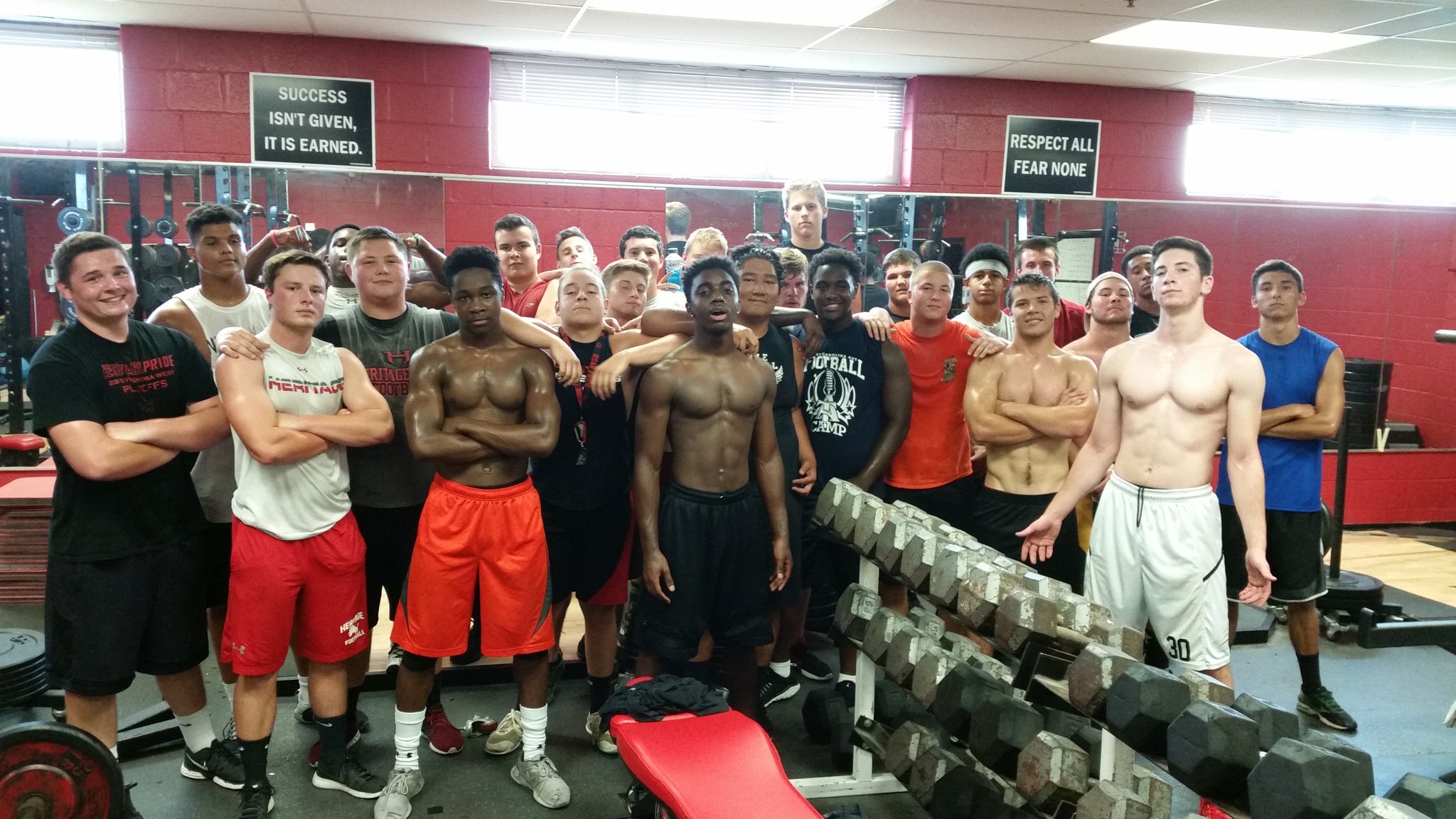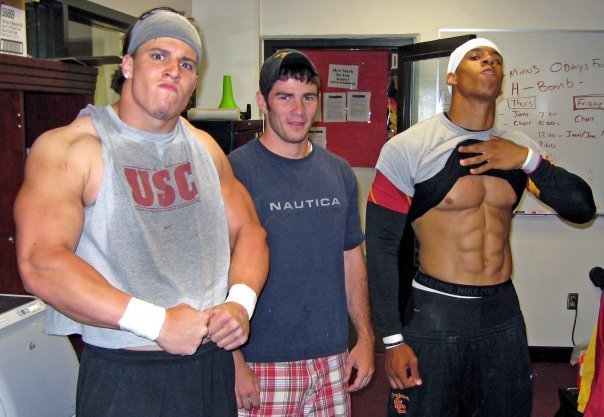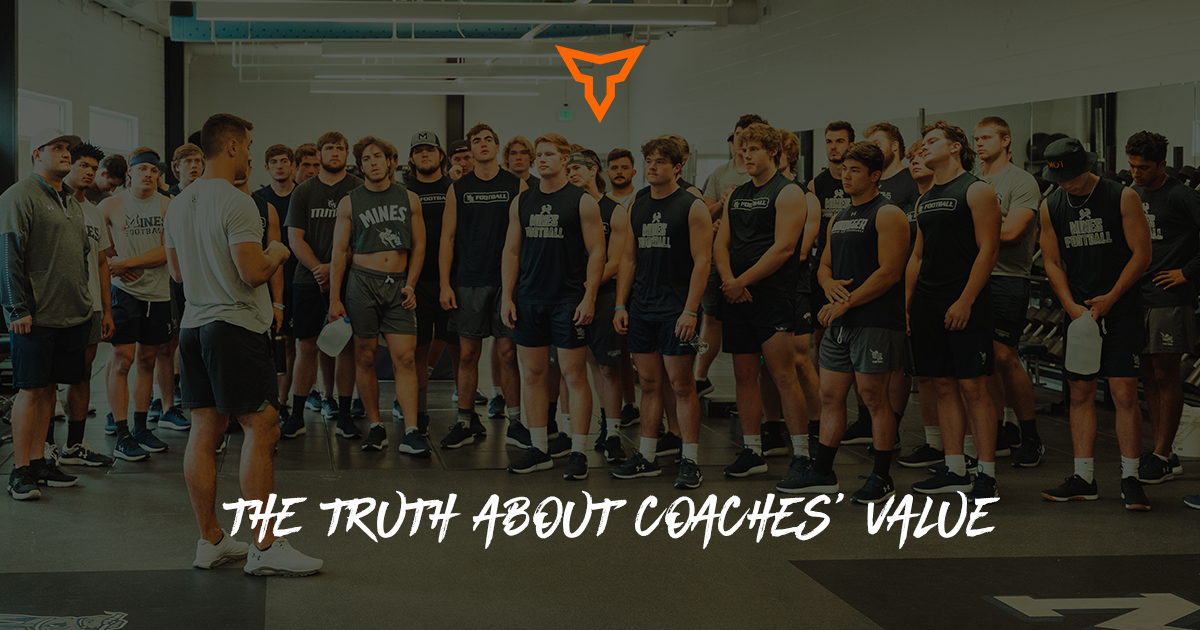Creating Sustainable Behavioral Change in Training
You're excited, you just met with a new client for the first time. You've established their medical history, BMR and nutritional needs, and determined movement patterning through various screens.
They've assured you that they're motivated and ready to work, and want to get started as soon as possible. You set off to work on your programming protocols and begin writing their first training block per the information that you've gathered. The first few sessions seem to go well, your client is working through your program and logging their food daily, they are the perfect client!
Then things go south. Over the next several weeks your client’s engagement starts to slip, the motivation that was there at the beginning starts to wane. They start missing sessions and forget to log their food, they start backtracking on their goals and their lives suddenly begin to get much busier, training begins to become a burden on their schedule. Like any good coach you work them harder (when you see them) the same way you were coached through a lifetime of athletics, you challenge them and hold them accountable.
Program workouts online on our TeamBuildr app. Try a 14-day trial >>
Unfortunately, you eventually lose your client altogether, they "simply just don't have enough time to train right now," you chalk it up to them not being ready to do what's necessary and move on. After all, you can't do the work for them, right? You go about searching to find a more serious client.
Does this sound familiar? It does to me, I've personally experienced it and watched it play out hundreds of times within facilities that I've managed. The thing about this situation that bothers me the most is that trainers see it as an external issue and place the blame on the client's lack of accountability. The reality of this scenario is that the trainer never established a real motive for the training, and in turn never met the client at THEIR start point. They confused biometrics with intrinsic drivers and designed a program around tight muscular dysfunction and arbitrary weight change, rather than the actual goals of their client. They treated a well-intentioned client as a seasoned athlete and provided a program that was far too rigid and unrealistically expected them to adhere to it. The client quickly became frustrated, unmotivated, and eventually dropped off.
The scenario that I encourage involves a few key aspects to creating sustainable behavioral change that most trainers leave out.
- Listen- Establish a "why" immediately, every aspect of your program needs to circle back to this motive. Ask for feedback, I recommend a daily questionnaire outlining how they feel, what they've eaten and drank, how they slept, and any potential outside stressors. Do not talk about yourself unless asked, they don't care about your personal life, athletic career, certifications, or other clients. If they want to know about you, meet them for coffee, but keep the sessions focused on them.
- Adjust expectations- These aren't clients seeking physical performance goals, they are seeking emotional feedback, meaning they want to feel good about both the results AND the process. Your programming, exercise selection, and timeline should reflect that.
- Communicate- Clients often need to see the value of everything that they are doing, not just from a physiological perspective but from a psychological perspective as well. Always ask for feedback, and then actually utilize it. If you aren't utilizing their input, they will quickly lose trust that your program is personalized to meet their needs.
- Be flexible- Your perfect program is worthless if they don't complete it. Try to hit as many "big rocks" as possible while also incorporating stimulus that they enjoy. Make it about them and above all make it fun. There are plenty of ways to utilize the movement patterns and HRV training that may be necessary while also providing an intrinsically rewarding sessions for them. Always keep in mind that "fitting into that dress" may be far more important to them than a perfect FMS score, and be ok with that.
- Have fun- Constant correctives and associated limitations aren't fun. Find creative and safe ways to allow them to "work," most clients want intensity and the feedback associated with it.. whether they're ready for it or not. I recommend self-limiting HRV work for this; such as sleds, prowlers, ropes, med-ball slams, hill runs, boxing, rowing, and Jacob's Ladder's. These are all activities where they will typically meet their aerobic limits far before their form breaks down.
- Let them win- Small wins’ lead to more buy-in, and in turn, longer retention and better results. These aren't athletes pushing performance metrics, let them have fun with what they are doing and make the goals attainable. Again, they need to enjoy the process while building trust, not just blindly follow your program.
To summarize, never forget that the ideal result for any program is that it is completed. Perception is relative to both bias and experience, make sure that your clients program is built around their input and experience, not your personal preferences. Make sure that you are meeting your general population clients at both their physical and emotional terms, on their turf, and you will truly help far more people.
Subscribe to our blog
Subscribe to receive the latest blog posts to your inbox every week.
Related posts

Building Great Athletes Starts With Character

Why Your Leaders On-The-Field Also Need to Be Leaders in the Weight Room

